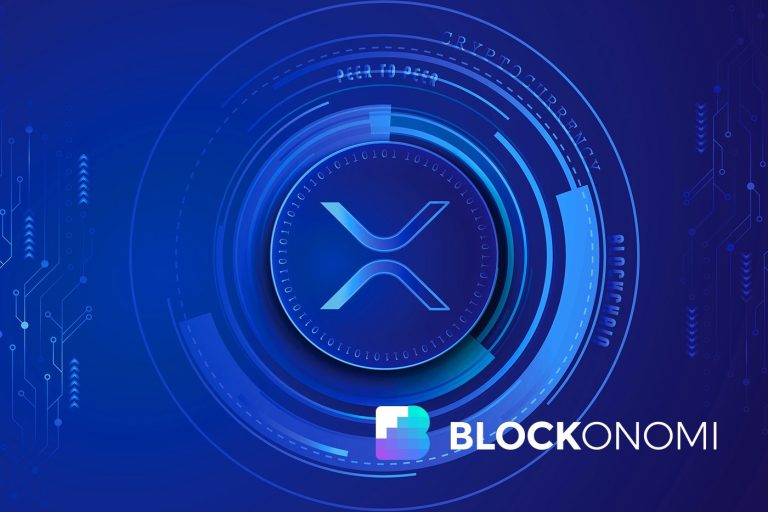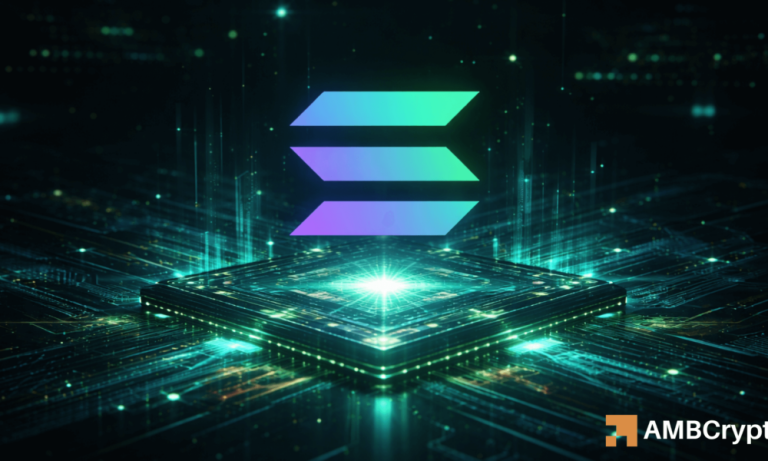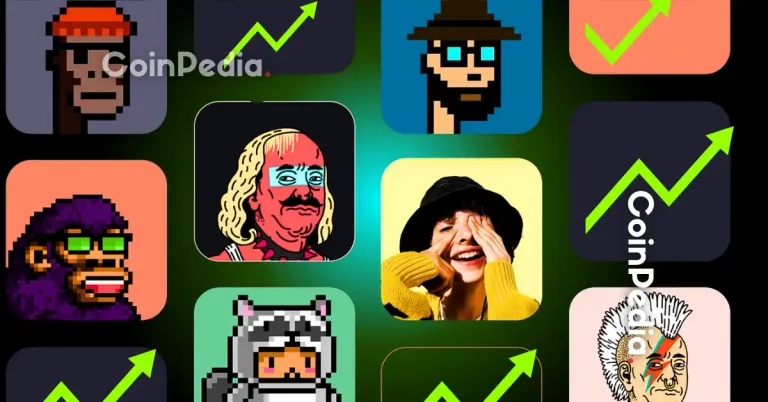
The State of Blockchain in 2025: Cardano’s Challenges
The blockchain space has entered an era where agility and innovation are critical to success. While Cardano (ADA) once dominated the discussion with its slow-and-steady development approach and proof-of-stake model, its lack of speed and limited transaction processing capabilities are now causing it to fall behind. Despite the hype surrounding its Hydra Layer 2 solution, adoption has been sluggish, and the price of ADA struggles to break the $1 barrier. For traders and investors, waiting for Cardano to fulfill its potential is becoming frustrating.
Currently processing just 250 transactions per second (TPS) with rising fees during congestion, Cardano’s promises of reaching 1 million TPS have yet to materialize. In contrast, new-generation Layer 2 solutions, such as BASE and Layer Brett (LBRETT), are seizing the spotlight with fast innovation cycles, high staking rewards, and tangible utility. These projects are shaping up to be the real winners of the 2025 bull run.
Layer Brett: The Agile Solution Traders Have Been Waiting For
Layer Brett is making waves in the crypto landscape by offering a solution that eliminates the bottlenecks that hinder Cardano. Built on Ethereum Layer 2 technology, it instantly integrates with the DeFi ecosystem’s largest networks, providing fast transactions and ultra-low fees. Its approach is a lesson in agility—a trait that’s proving indispensable in the fast-moving space of blockchain innovation.
Layer Brett’s partnership with Coinbase’s BASE network has also elevated its capabilities, positioning it as a formidable player. While BASE already processes over 2,000 TPS at negligible fees, Layer Brett takes it further by combining BASE’s scalability with unique features, including viral meme coin appeal and staking rewards that are capturing widespread attention. Traders looking to maximize value quickly are flocking to Layer Brett’s presale, drawn by its 20,000% APY—outpacing Cardano’s static 4-5% yields.
The Financial Case for Early Investment in $LBRETT
The 2025 market is all about capital efficiency, and in this domain, Layer Brett outshines Cardano. For ADA to double its value from $1 to $2, it would require $35 billion in additional investment. Layer Brett, on the other hand, has the potential to achieve a 100x return with just $420 million—a much more appealing proposition for investors chasing high returns.
Moreover, Layer Brett’s staking economy is designed to reward early adopters with life-changing APYs during its presale phase, which reduces as adoption grows. This system incentivizes early participation, making it an attractive opportunity for traders focused on quick yet substantial profits.
What Sets Layer Brett Apart
Several features make Layer Brett the smarter option for the 2025 bull run:
- True Ethereum Layer 2 compatibility for seamless integration into existing DeFi ecosystems.
- Scalability that outpaces traditional Layer 1 networks like Cardano.
- Dynamic staking rewards, far surpassing the returns offered by traditional proof-of-stake models.
- An engaged community of over 10,000 stakers already participating during the presale phase.
For those unwilling to wait years for Cardano to fulfill its developmental promises, Layer Brett presents itself as a timely and lucrative alternative.
Don’t Miss Out on Layer Brett’s Explosive Potential
The Layer Brett presale is a rare opportunity to seize a high-growth asset at $0.0042 with prices increasing every 48 hours. With future exchange listings imminent, traders looking to participate in the next big wave of gains are jumping in now. If Cardano represented the promise of blockchain innovation, Layer Brett delivers it in real-time, with scalability and rewards designed for 2025’s fast-paced market.
Ready to start your journey with Layer Brett? Visit the official Layer Brett website to buy and stake your $LBRETT tokens. You can also check the project’s ongoing updates on their Telegram and Twitter account.
Disclaimer: As always, it’s imperative to conduct your own research before investing in any asset. Blockchain projects are volatile investments, and potential returns are not guaranteed.



